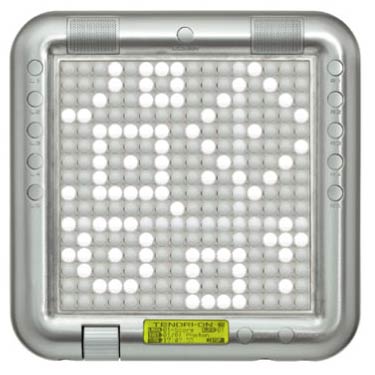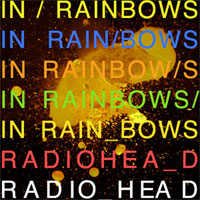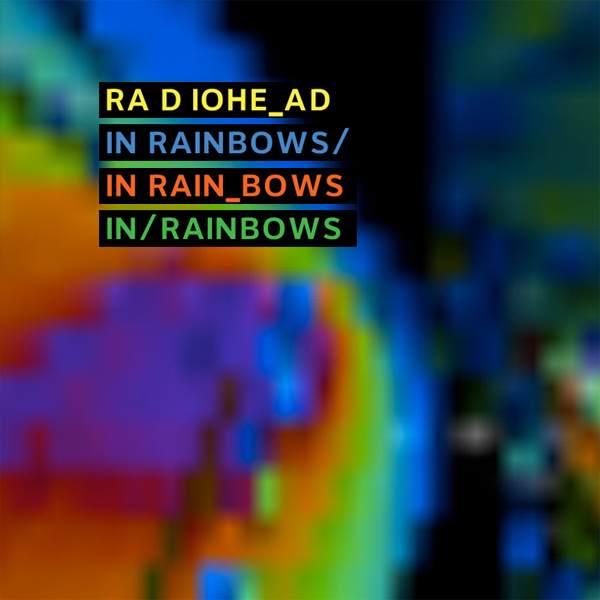Richard Dorfmeister of iconic Austrian mix-up outfit Kruder and Dorfmeister, and his partner-in-crime Rupert Huber form a duo they call Tosca, and together they work some of the meanest grooves in my collection. Their 2003 album, Delhi 9, ranks as one of my favorite releases this decade, based on its enslaving basslines and percolated rhythms. It’s some of the most forceful downtempo music I’ve run across, the type of stuff that almost makes one want to dance, but the music is so relaxing and alluring, all you can manage is a laid-back head swagger.
Tosca makes some of the warmest cool music you’ll ever hear.
With the high regard I hold toward the duo’s catalogue, I found myself surprised the other day when I discovered that since Delhi 9, Tosca had released a new album (“new” being two years ago). I’m not sure how or why, but news of the record never managed to reach me until I just happened upon his page at emusic. Of course, with plentiful credits remaining in this month’s allotment, I snapped both of them up without a moment’s hesitation.
The duo of Dorfmeister and Huber clearly know what they’re doing, and oh yes, they do it quite well. J.A.C. feels like an organic outgrowth of the slip-sliding dubby funk that got me hooked on their tunes, which is to say it’s a good album, a very good record. Ninety percent of the appeal in Tosca’s music comes from their unerring, velvety smooth basslines, layered over sophisticated, erudite beats whose catchiness belies their complexity. The other ten percent is brilliant composition.
J.A.C. has plenty of that, but it also shows some evolution of the outfit’s sound. Tosca’s tracks have never been strictly instrumental compositions, but where they have used vocals, it’s generally for their timbre or as interjections to accentuate the melody. In fact, off the top of my head, I can only think of one example that use lyrics as an integral part of the song’s construction. J.A.C. is a bit of a departure in that regard. A full six of the album’s twelve tracks feature actual sung words, and they all work.
Heidi Brühl is an enchanting jazz lounge piece sung in French that evokes a swanky underground Parisian nightclub. John Lee Huber is a soaring, energetic romp, while Superrob, a highlight of the album, is discotheque supremacy.
I can assure you, this disc will be rotation around here for a while. In fact, I think I’ve just found my next party soundtrack.
Here’s a YouTube find of Superrob, set to someone’s vacation photos. Enjoy:




